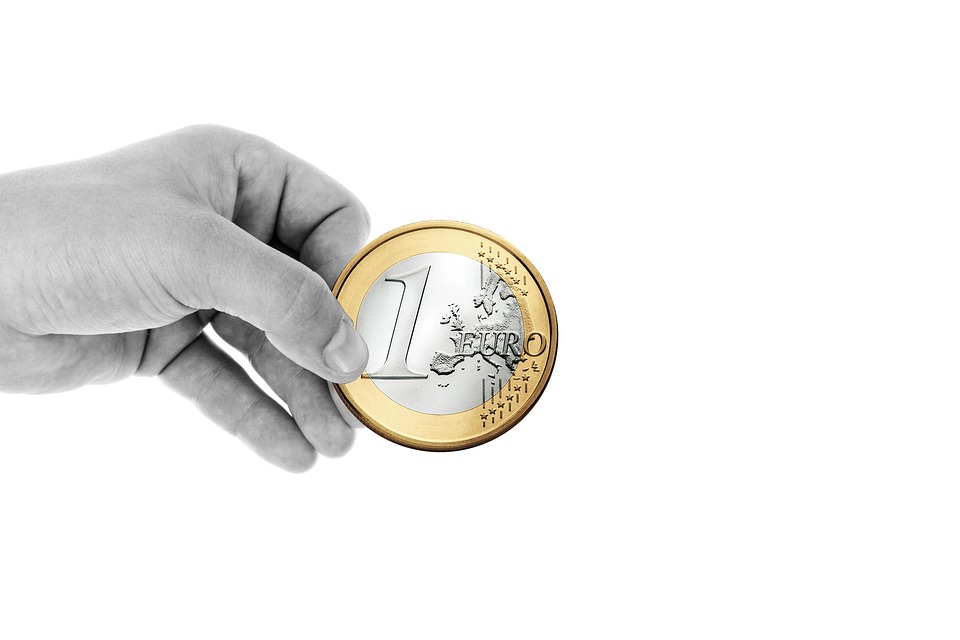Trends in Auto Finance Rates: What to Expect This Year
As we navigate through the current financial landscape, auto finance rates are experiencing notable fluctuations that could significantly impact both consumers and the automotive industry. Understanding these trends is essential for prospective car buyers and industry stakeholders alike. Here’s a closer look at what to expect in auto finance rates this year.
Current Economic Climate
The economic environment plays a crucial role in determining auto finance rates. As central banks, particularly the Federal Reserve in the U.S., adjust interest rates to curb inflation, auto loan rates often follow suit. With inflation remaining a concern, experts predict that interest rates may continue to rise in the short term. This could lead to higher auto finance rates, making it more expensive for consumers to secure loans.
Impact of Supply Chain Issues
The automotive industry has been grappling with supply chain disruptions, particularly in semiconductor production. These challenges have constrained vehicle availability, leading to increased prices for both new and used cars. As vehicle prices rise, consumers may need larger loans, resulting in higher monthly payments. This combination of elevated vehicle prices and rising finance rates can strain budgets for many buyers.
Shift Towards Electric Vehicles (EVs)
As the market shifts towards electric vehicles, financing for these cars is also evolving. With many automakers committing to electric models, there are often incentives and lower finance rates available for EV purchases. This trend reflects a growing consumer interest in sustainability, but it also introduces a new layer to auto finance rates. Buyers looking for EVs should stay informed about potential tax incentives and special financing offers that could mitigate the impact of higher rates.
Increased Competition Among Lenders
Despite the anticipated rise in auto finance rates, competition among lenders remains fierce. Traditional banks, credit unions, and online lenders are vying for market share, which can lead to more favorable loan terms for consumers. Borrowers with strong credit profiles may still secure competitive rates, even as the overall market trends upward. It’s essential for consumers to shop around and compare offers to find the best financing options available.
Consumer Behavior and Demand
Consumer behavior is also influencing auto finance rates. With rising vehicle prices, many buyers are extending loan terms to make monthly payments more manageable. While this can provide immediate relief, it may result in higher overall interest costs. Additionally, the demand for used vehicles continues to be robust, which can lead to increased competition for financing in that segment. Buyers should consider their long-term financial health when deciding on loan terms.
Conclusion
As we look ahead, the landscape of auto finance rates is shaped by a variety of factors, including economic conditions, supply chain issues, and shifting consumer preferences. While higher rates may pose challenges, opportunities still exist for savvy buyers who take the time to research and compare financing options. Staying informed about these trends will empower consumers to make better decisions in their auto financing endeavors this year.



